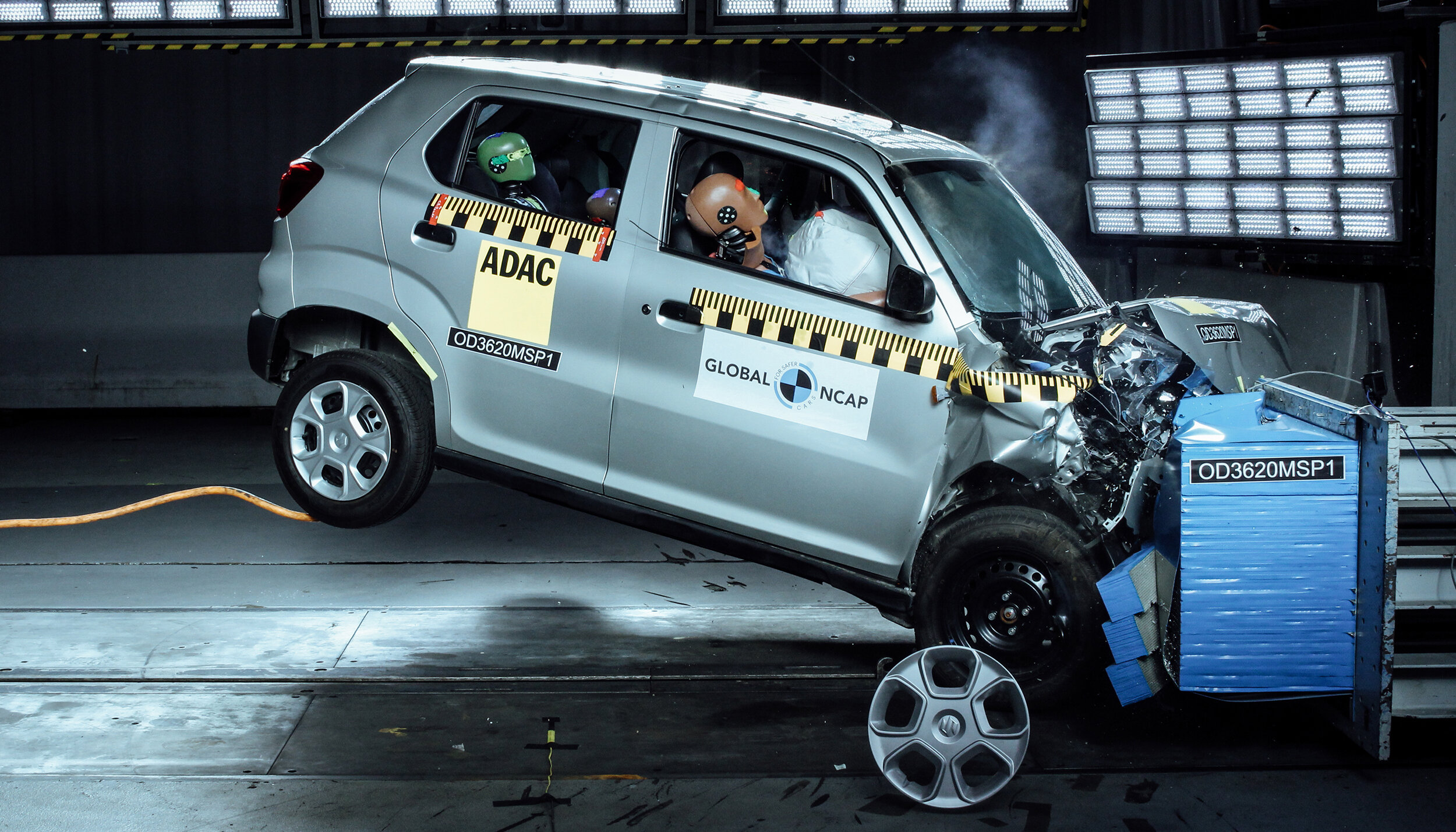Sumana Das, Pune
On August 22, Nitin Gadkari, Union Minister of Road Transport and Highways, introduced the Bharat New Car Assessment Programme (Bharat NCAP) in New Delhi. Set to launch on October 1, this homegrown initiative focuses on enhancing vehicle safety.
Under Bharat NCAP, automakers can opt for crash testing to receive a star rating that reflects their vehicle’s crashworthiness. Drawing inspiration from the Global NCAP, a UK-based vehicle safety project by the Zero Foundation, Bharat NCAP introduces unique features.
While both programs adhere to crash testing standards, Bharat NCAP distinguishes itself in a few ways. Unlike the Global NCAP, which focuses on a limited range of vehicles, Bharat NCAP extends its assessment to include CNG and EVs.
Regarding safety metrics, Global NCAP requires 34 points for a 5-star adult occupant protection rating. Bharat NCAP mandates 27 points for adult occupant protection and 41 points for child occupant protection.
Crash testing types remain similar, assessing vehicles through offset deformable barrier frontal impact tests, side impact tests, and pole side impact tests. However, Bharat NCAP enforces the installation of six airbags, electronic stability control (ESC), three-point seatbelts for all passengers, and enhanced emergency braking systems.
In terms of speed testing, Bharat NCAP conducts frontal crash tests at 64 km/h, while side-impact and pole-side impact tests are performed at 50 km/h and 29 km/h, respectively.
Unlike the Global NCAP, which provides separate ratings for adult and child safety, Bharat NCAP offers a uniform rating, amalgamating findings from both crash tests.
With the introduction of Bharat NCAP, India joins a select group of countries—the United States, China, Japan, and South Korea—in implementing a dedicated testing initiative. This move signifies a significant step towards boosting vehicle safety in a nation grappling with high road accident rates.
As Bharat NCAP aims to promote awareness of safer vehicles and encourage manufacturers to incorporate enhanced safety measures, India’s automotive landscape is poised to transform. The initiative not only safeguards lives but also boosts the global export worthiness of Indian vehicles.
